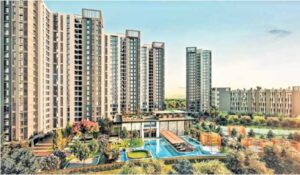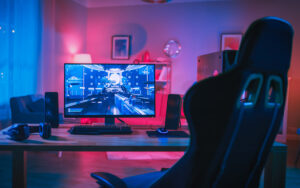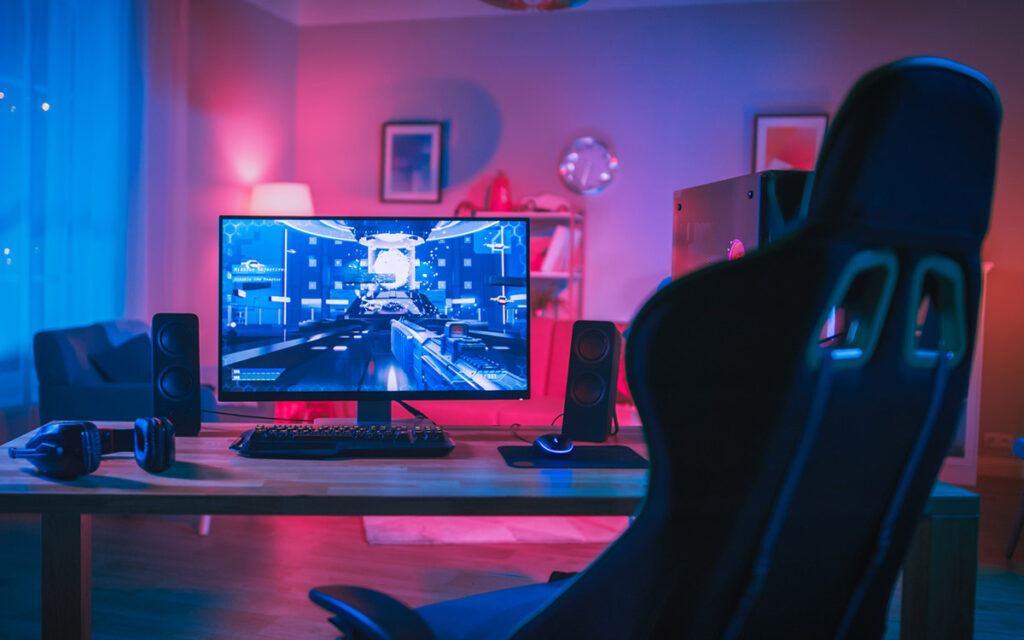
A gaming desktop is a huge investment, and taking good care of it ensures performance and longevity. Dust buildup, outdated software, and system inefficiencies can be major causes for slowing down the most powerful rigs, even in the long term.
Regular maintenance, software optimization, and hardware upgrades can all help prevent the drops in performance and extend your PC’s life. This guide will cover essential tips on cleaning, software updates, cooling management, and storage optimization for the maintenance of your gaming desktop.
Follow these steps to enjoy an uninterrupted gaming experience with high performance for years to come.
1. Regular Cleaning and Dust Management
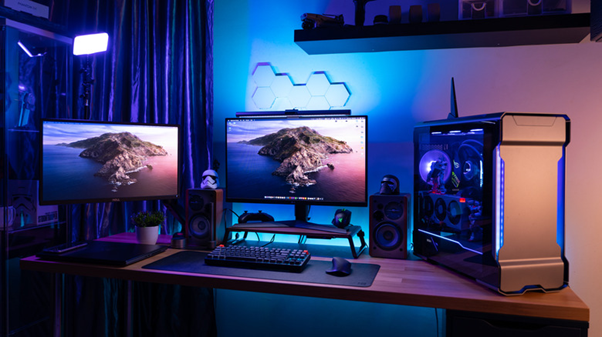
Among the major causes of decreased performance of most gaming desktops, such as the Legion Tower 5 Gaming Desktop, is the significant buildup of dust.
Dust restricts airflow to the fans and heatsinks, thereby affecting the heating rate of internal elements, resulting in overheating that may eventually reach thermal throttling and slow the performance while it is operating for a demanding play session.
- Clean the Exterior and Interior: Clean the case with a microfiber cloth on a regular basis. Open the case every few months and blow dust off components such as the GPU, CPU cooler, and power supply using compressed air.
- Check and Replace Air Filters: If your case has filters for dust, clean or replace them to allow airflow.
- Maintain Proper Airflow: Place your desktop in a well-ventilated location, away from obstructions that can restrict airflow.
Data study by KBVresearch revealed that Global Gaming PC Market size is expected to reach $125.5 billion by 2030, rising at a market growth of 12.6% CAGR.
2. Keep Software and Drivers Up to Date
Outdated software and drivers can cause stability issues and weakened gaming performance.
- Update GPU Drivers: Update regularly from NVIDIA or AMD to receive the latest drivers for optimal performance and game support.
- Update Windows and BIOS: Updating your BIOS and operating system can improve security and system stability.
- Remove Bloatware: Uninstall unused background programs and applications that take up system resources.
- Optimize Startup Programs: Disable unwanted startup programs using Task Manager to improve boot times.
3. Monitor and Manage Temperatures
High temperatures can result in long-term component degradation, which leads to reduced performance and lifespan.
- Use Temperature Monitoring Software: Software can assist you in monitoring your CPU and GPU temperatures.
- Reapply Thermal Paste: If your CPU temperatures rise after years of use, consider reapplying thermal paste to improve heat dissipation.
- Improve Cooling Solutions: If your system is warm, consider adding additional case fans or swapping out your CPU cooler for an aftermarket cooler.
According to Techthelead, using the cooling system to keep your processor at the optimal temperature can boost your frame rate, processing speed, and performance.
4. Optimize Storage Performance
Slow storage can have a significant impact on load times and overall system response.
- Defragment HDDs: Defragment legacy hard drives using the Windows built-in defragmentation utility to improve performance.
- Optimize SSDs: Enable TRIM on SSDs to keep performance and lifespan at optimum levels.
- Free Up Space from Time to Time: Remove old files, purge cache, and relocate unused games to external disks to avoid disk filling.
5. Keep Your Power Supply Under Control
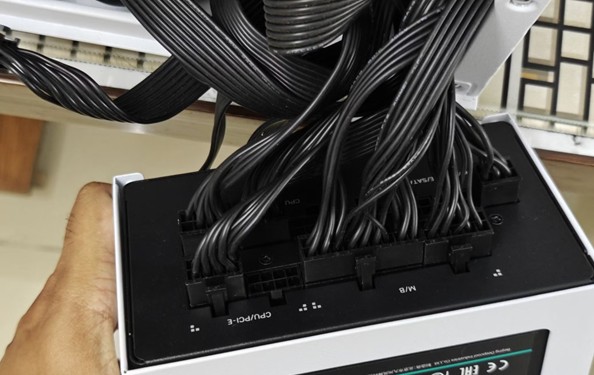
A dying power supply can cause random shutdowns and overall system instability.
Double-check that you have a decent power supply capable of delivering adequate wattage to your components.
Put a surge protector or uninterruptible power supply (UPS) between your hardware and the power supply to ward off sudden voltage spikes.
If your PC suddenly shuts down or won’t turn on, your PSU must be replaced.
As per FS.com, UPS refers to a more advanced version of a battery backup.
6. Manage Background Processes and Resource Consumption
Gaming desktops can also slow down due to too many unnecessary background processes in hardware. With Legion Tower 5 Gen 8 AMD RX 7600, you are provided with a system that has been designed to optimize performance at the maximum level. Regularly optimizing system performance and managing background processes will help your Legion Tower 5 ensure lag-free smooth gaming experiences all the time.
- Shut Down Unwanted Programs: Close browsers, music players, and other resource-thirsty programs before gaming.
- Set Power Settings: Set Windows to ‘High Performance’ mode so that it delivers the best gaming performance achievable.
- Disable Unwanted Services: Disabling services you don’t need for gaming, via Task Manager, can release resources for gaming.
7. Keep Your Internet Connection Stable
For online gaming, a good internet source is as important as the hardware component.
- Utilize Wired Connection: Ethernet tends to be much stabler and has lower latency than Wi-Fi.
- Router Settings Optimization: Apply Quality of Service settings that prioritize game traffic
- Keep Your Network Drivers Updated: Your network adapter drivers should be updated for there to be no connectivity problems.
8. Upgrade Components When Necessary
No system is an eternity, however, it certainly does make some key parts upgraded significantly to their lifetime.
Update your RAM. The extra help from additional memory may prove good for multitasking and for modern games that consume most memory.
Games fail to run on high configurations, thus their upgradation is an incredible option.
Make it an NVMe SSD instead. A user would load programs a lot quicker compared to users using SATA and HDD SSD.
9. Update your System Data frequently
Unexpected crashes or hardware failures may lead to loss of data.
- Use Cloud Storage or External Drives: Regularly back up important files, game saves, and settings to avoid losing your progress.
- Create System Restore Points: If something goes wrong, a restore point can help recover your system without reinstalling everything.
10. Perform Regular System Maintenance
Keep your system under routine maintenance check-ups to avoid performance drops and crashes.
- Run Disk Cleanup: Use the Windows built-in Disk Cleanup utility to remove unwanted files.
- Scan for Malware: Viruses and malware slow your system. Scan regularly using Windows Defender or third-party antivirus software.
- Check for Hardware Issues: Run Windows Memory Diagnostic or other hardware diagnostic tools if you frequently crash.
Conclusion
Today, anyone can keep up their gaming desktop like it’s new by constantly maintaining and upgrading them with software updates and sometimes new upgrades.
Taking good care of your hardware, optimizing the performance of your software, and managing system resources will definitely ensure a smooth and high-performance gaming experience for years to come.
Regular checkups and preventive measures would extend the life of your PC and enhance your overall game experience.






